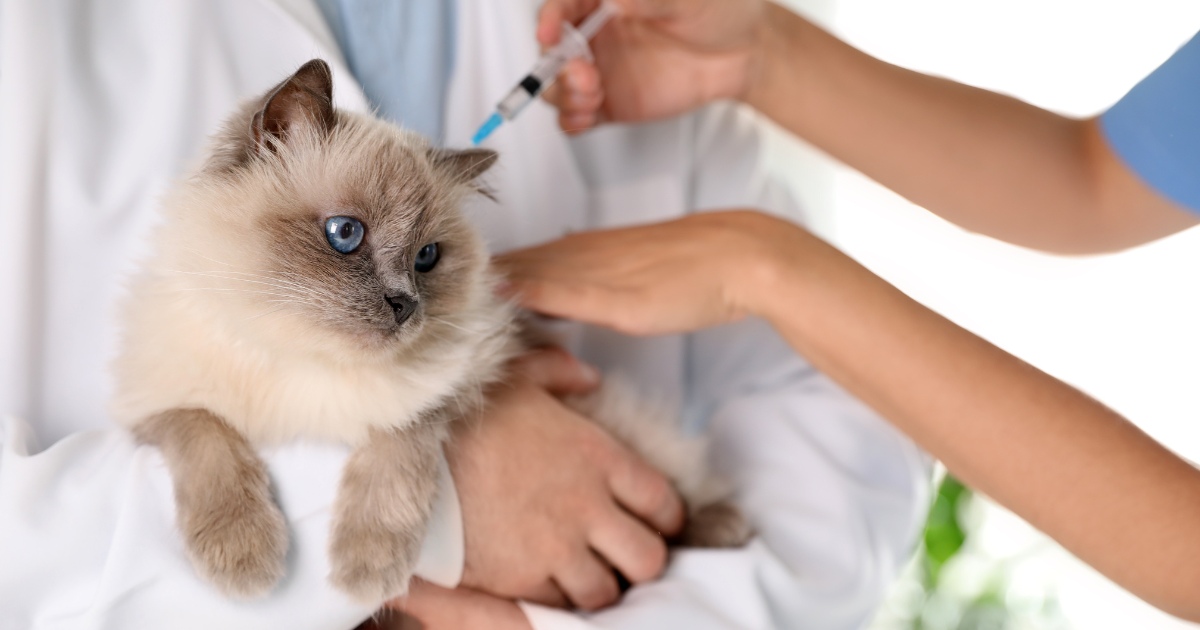If you’ve ever wrapped a pill in cheese, only to watch your dog eat around it like a Michelin-starred food critic—or worse, had your cat give you that look before sprinting under the couch—you know that giving pet prescriptions at home is an art form.
But it’s more than just frustrating—it can be dangerous if done wrong. Skipped doses, incorrect administration, or mixing meds without guidance can seriously impact your pet’s health.
So, whether you’re dealing with antibiotics, pain meds, thyroid supplements, or long-term treatments, here’s how to do it safely, effectively, and with minimal drama.
Know What You’re Giving (And Why)
Before you even think about how to administer it, make sure you fully understand the medication.
Ask your vet or pharmacist:
- What is this treating?
- How often should I give it?
- With food or on an empty stomach?
- Are there side effects I should watch for?
- What if my pet spits it out or vomits afterward?
People and Pets Pharmacy specializes in pet prescriptions and can help answer these questions, often working alongside your vet to ensure dosing, formulation, and delivery are right for your pet.
Choose the Right Delivery Method for Your Pet
Not every dog will take a pill. Not every cat tolerates liquids. That’s where customized formulations come in.
Depending on your pet’s species, size, and personality, you might opt for:
- Chewable treats: Great for dogs who think every bite is a snack.
- Flavored liquids: Tuna, chicken, or beef-flavored—ideal for fussy felines.
- Transdermal gels: Rubbed on the ear, perfect for pets who refuse oral meds.
- Capsules or tablets: Best for easy-going animals or those trained to accept pills.
Pro tip: A compounding pharmacy like People and Pets Pharmacy can personalize these formats to suit your pet—and your sanity.
Be Consistent With Timing
Give medications at the same time each day. Pets thrive on routine, and this helps:
- Keep drug levels stable in their system
- Minimize missed doses
- Train your pet to expect (and hopefully tolerate) the process
You can even link it to feeding time to make it easier—unless the prescription requires an empty stomach. Always check.
Tricks Are Fine—But Don’t Compromise Dosage
A spoonful of peanut butter might help the medicine go down. But be cautious:
- Use only a small amount so the pill isn’t swallowed with extra calories or sugar.
- Avoid foods that interfere with absorption (dairy can be a culprit for some meds).
- Don’t crush or split tablets unless your vet or pharmacist says it’s okay—some meds are time-released or coated for a reason.
If your pet repeatedly finds and rejects hidden meds, talk to your vet about switching formats.
Safety First: Yours and Theirs
Even the sweetest pets can panic when meds come out. To keep everyone safe:
- Stay calm and patient—your stress transfers to them.
- Use a towel to gently restrain small pets (burrito-style works wonders).
- Avoid forcing anything if they become aggressive—call your vet for advice.
And always wash your hands before and after handling pet prescriptions.
When in Doubt, Ask
If a dose is missed, if your pet vomits right after taking a med, or if you’re unsure about side effects—don’t guess. Contact your vet or pharmacist.
The team at People and Pets Pharmacy can offer guidance, clarify instructions, and provide alternative solutions that make the process easier for both of you.
Final Thought: Medication Shouldn’t Be a Battle
Administering pet prescriptions at home can feel like a circus act some days. But with the right tools, timing, and support, it doesn’t have to be stressful—or risky.
A little planning goes a long way in ensuring your pet gets what they need, stays healthy, and maybe (just maybe) forgives you afterward.
And remember—if you need personalized meds or expert advice, People and Pets Pharmacy is just a paw-click away.







